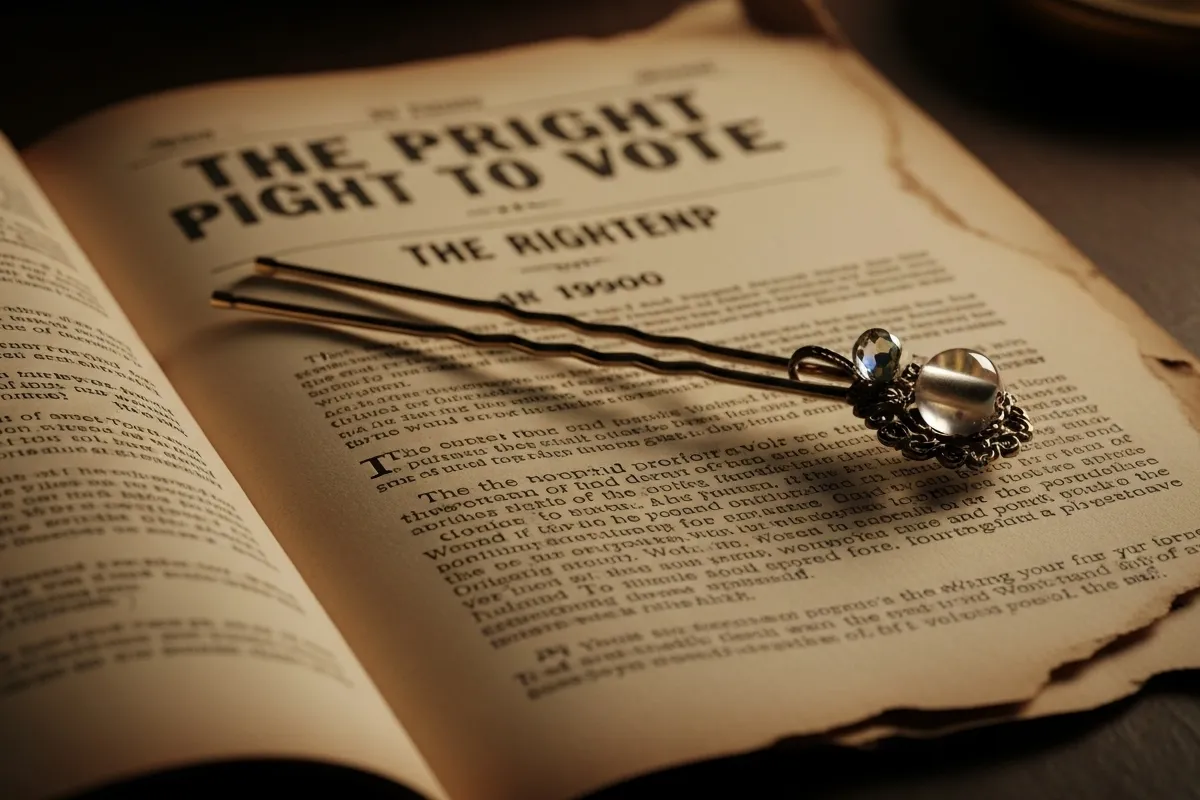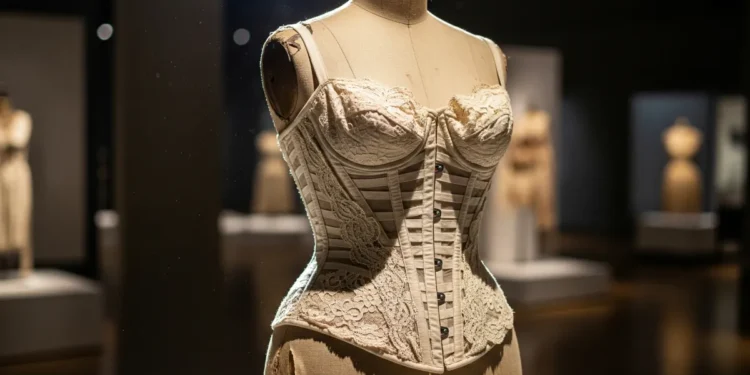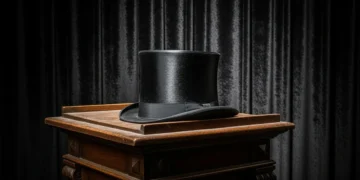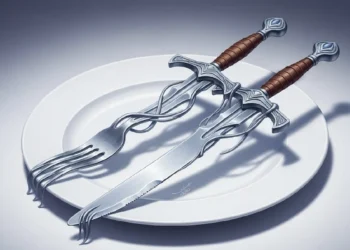Explore the intriguing history and evolving symbolism of hairpins as powerful objects in women’s empowerment and resilience. From tools of self-defense to notable pieces in feminist discourse, hairpins have significantly influenced societal narratives. This post delves into their rich cultural context, highlighting their role as both practical accessories and symbols of political resistance throughout history. Join us in uncovering the hidden meanings behind everyday objects and their potential to inspire conversations about women’s rights and identity.
Table of Contents
The Power of Everyday Objects
Everyday objects often carry deeper meanings than their apparent utility suggests. They stitch together narratives that define social and political movements, and the hairpin is a striking example of this phenomenon. While seemingly simple, the hairpin has triumphed through history as an emblem of women’s empowerment and resilience. This slender accessory has transitioned from a tool for practicality to a symbol rich with historical significance, providing insights into the societal roles that women have navigated over time.
The hairpin serves as a striking reminder of how ordinary items can embody extraordinary power. In various cultures, women have wielded hairpins not just for securing hairstyles, but also in moments of personal assertion and defiance. The sharp tip of a hairpin, for instance, was often utilized as a tool for self-defense, showcasing a woman’s readiness to stand up against adversity. Thus, the hairpin illustrates a dual role: a mundane object in daily life and a hidden weapon against oppression. This intriguing combination reflects broader themes in the feminist movement, where women have sought to reclaim agency in a patriarchal society.
Moreover, the hairpin has also played crucial roles in political contexts. Throughout history, women have used their dress and accessories, including hairpins, to make statements and convey messages. From suffragettes adorning their hairstyles with symbols of resistance to contemporary artists leveraging hairpins in powerful installations, the object has constantly evolved to reflect the zeitgeist of its time. By examining the hairpin, we gain insight into the nuanced relationship between personal adornment and political expression, underscoring the idea that every item possesses the potential to influence societal change and narrate the stories of women’s struggle and triumph.
The Historical Context of Hairpins
Hairpins have a rich and diverse history that spans across various cultures and eras, illustrating their significant role in both practical use and social symbolism. The origins of Unassuming-Hairpin can be traced back to ancient civilizations, where they were primarily used to secure hairstyles. In ancient Egypt, ornate hairpins were crafted from materials such as gold and ivory, often serving as indicators of wealth and status. Similarly, in ancient Rome, women adorned their hair with elaborately designed pin-like tools, which demonstrated not only their fashion sense but also societal norms of femininity and beauty.
As time progressed, Unassuming-Hairpin evolved not only in design but also in purpose. During the Renaissance, they became more intricate and decorative, symbolizing a woman’s attention to personal appearance and refinement. These hairpins were often encrusted with jewels and intricate designs, reflecting the artistry of the period and becoming a canvas for artistic expression. In various cultures, hairpins were imbued with cultural significance, often being passed down through generations as treasured family heirlooms. For instance, in China, hairpins were used to signify a woman’s marital status, with specific designs indicating whether a woman was single or married.
Moreover, hairpins have historically found themselves at the intersection of practicality and rebellion. During the feminist movements of the late 19th and early 20th centuries, everyday objects such as Unassuming-Hairpin became tools of defiance against rigid gender norms, signifying empowerment and autonomy. Women began to adopt these items as symbols of their changing roles in society, utilizing them not just for physical adornment but also as statements of identity and strength.
This historical backdrop sets the stage for understanding the multifaceted role of hairpins in modern feminist discourse. The transformation of Unassuming-Hairpin from mere functional objects into powerful symbols of women’s rights illustrates the dynamic nature of societal change and the influence of culture on personal expression.
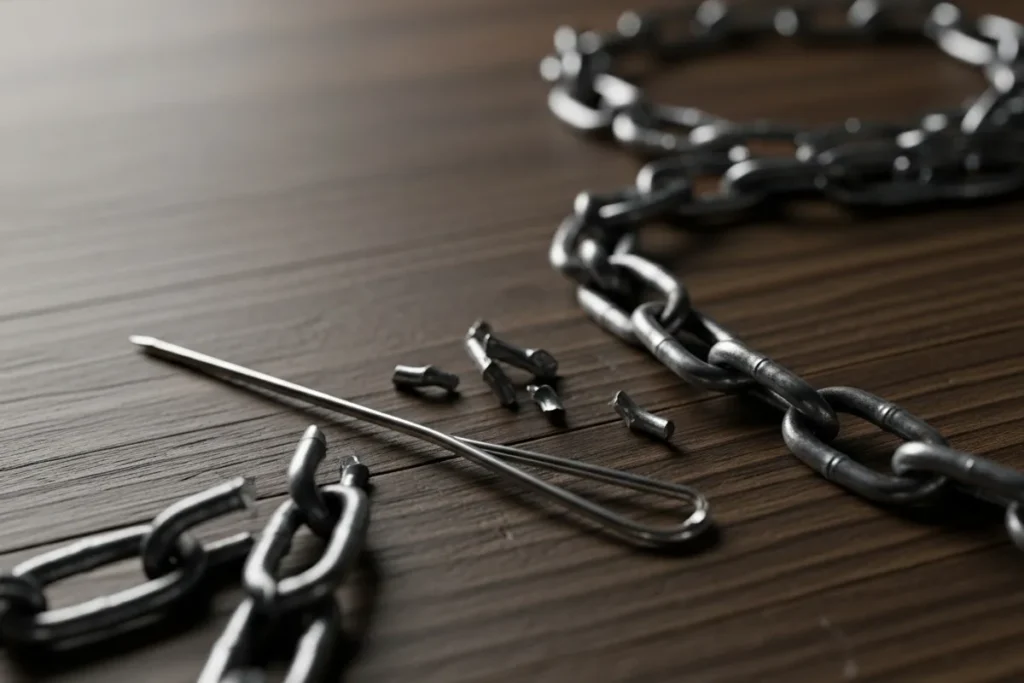
Hairpins as Defensive Tools
Throughout history, hairpins have served a dual purpose, often regarded as mere fashion accessories while simultaneously functioning as effective tools for self-defense. This underappreciated aspect of Unassuming-Hairpin highlights their evolutionary significance, transcending their aesthetic appeal to provide women with a means of protection. In various cultures, these small yet sturdy objects have been wielded by women in times of distress, showcasing ingenuity in the face of aggression.
One notable example can be drawn from the tales of women in ancient China, where hairpins, typically made from metal or wood, were discreetly transformed into weapons. When faced with adversity, women would use the sharp ends of these pins to fend off attackers, illustrating the resourcefulness ingrained in femininity. Similarly, during periods of social upheaval, European women would often carry hairpins not only for personal adornment but also as tools for defense. The utilization of these seemingly innocuous items as makeshift weapons underscores their practical application beyond societal norms of beauty.
Furthermore, hairpins have also played a significant role in the context of the suffragette movement. As women fought for their rights, these accessories evolved into symbols of empowerment, with some individuals utilizing them in demonstrations not just to adorn their hair but to signify resilience against oppressive forces. By incorporating hairpins into their attire, women communicated a subtle yet powerful message about their strength and determination. The adaptability of hairpins as defensive tools embodies the intersection of fashion and functionality, reinforcing the notion that women’s accessories can serve a greater purpose in challenging times.
Recognizing the history of hairpins as defensive tools prompts a reevaluation of their narrative. They are not merely objects of beauty, but symbols of women’s autonomy and their ability to protect themselves, thus establishing a connection between femininity, empowerment, and self-defense.
Hairpins in the Workplace: A Subtle Statement
Throughout history, hairpins have occupied a unique position within women’s fashion, particularly in professional environments. As women increasingly entered the workforce, especially during the late 19th and early 20th centuries, these seemingly simple accessories evolved into powerful symbols of femininity and resilience. The transition into professional settings coincided with the broader feminist movement, where the hairpin became a representation of women’s determination and elegance amid societal constraints.
In many cases, hairpins served a dual purpose in the workplace. On one hand, they were practical tools that helped women maintain a polished appearance, keeping hair neatly secured while engaged in various tasks. On the other hand, hairpins also conveyed a subtle but significant message about women’s evolving roles in society. Wearing a hairpin, particularly in industries traditionally dominated by men, became an understated assertion of presence and authority. Women utilized various styles and designs, from simple variations to intricate and decorative pieces, to express individuality while conforming to professional standards.
Moreover, hairpins reflected the evolving perceptions of women’s capabilities in diverse fields. As women stepped into roles as leaders, innovators, and creators, these hair accessories illustrated both the challenges they faced and their resolve to navigate those obstacles. This accessory’s subtlety allowed women to maintain their femininity, while also signaling their contribution to workforce diversity and gender equality.
Additionally, the choice of hairpin styles often spoke volumes about the wearer’s aspirations and determination. From elegant barrettes in corporate environments to bolder, more imaginative designs in creative industries, hairpins became an essential component of personal branding. They were more than mere fashion statements; they encapsulated the strength and adaptability of women forging their paths in a changing world. As society continues to evolve, the significance of hairpins in the workplace remains a testament to the enduring spirit of femininity and resilience.
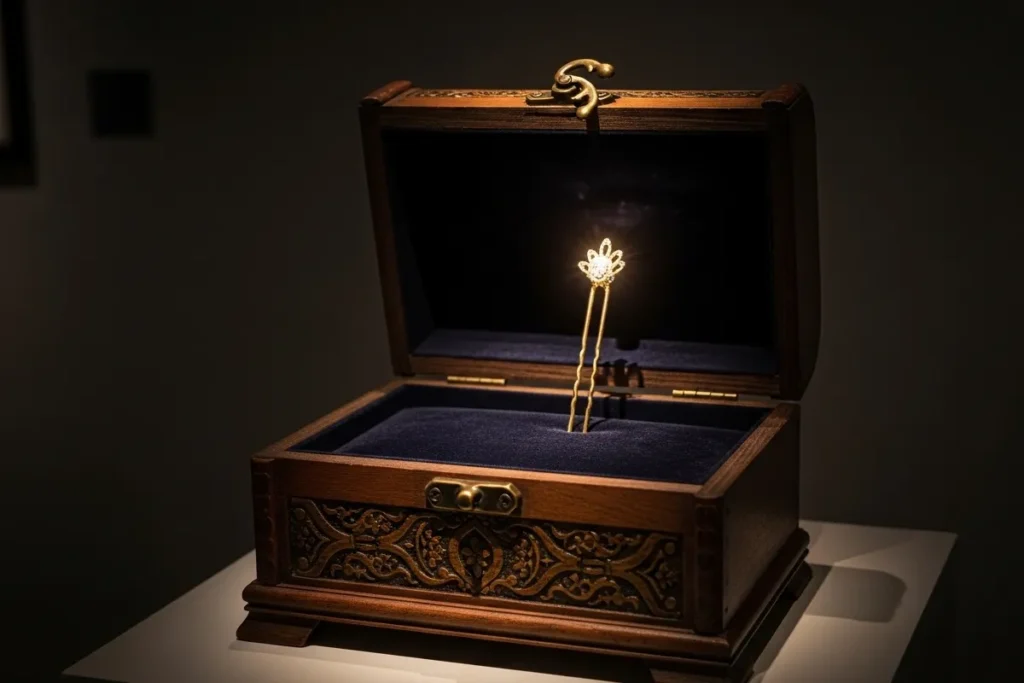
The Hairpin as a Political Tool
The hairpin, often viewed as a simple accessory, has transcended its conventional role to emerge as a symbol of political resistance and empowerment, especially among women. Throughout history, various instances have highlighted how hairpins have been employed in protests and demonstrations, illustrating their significance as tools of dissent. One notable example includes the women’s suffrage movement in the early 20th century, where suffragettes used hairpins not just for embellishment but as a medium to express their political aspirations. The hairpin, adorned with badges, became a visible marker of their commitment to securing the right to vote.
More contemporary examples also underscore the hairpin’s role as a political tool. During the 2017 Women’s March, participants sporting hairpins decorated with powerful slogans showcased their fight for gender equality and justice. By integrating hairpins into their protest attire, these women transformed a mundane object into a bold emblem of resistance. This act served not only as a means of personal expression but also as a collective assertion of women’s rights, illustrating how hairpins can embody deeper political sentiments.
Historical figures such as Emmeline Pankhurst and Rosa Parks have also been associated with the hairpin as a political statement. Pankhurst, a prominent suffragette, famously wore hairpins that represented her defiance against societal norms. Similarly, Parks’ refusal to relinquish her seat was coupled with a commitment to dignity, epitomized by her poise, often showcased through her hairstyle held in place by a hairpin. Thus, through these instances, the hairpin solidifies its position not merely as a fashion accessory but as a powerful symbol of feminist evolution and political discourse.
Cultural Depictions: Hairpins in Feminist Literature and Art
The hairpin has been a recurring motif in both feminist literature and art, symbolizing not only the beauty but also the strength and resilience of women throughout history. Within these creative expressions, hairpins serve as a multifaceted symbol, representing the dualities of femininity—delicate yet resilient, ornamental yet strong. They often reflect societal expectations placed upon women while simultaneously conveying a message of empowerment and freedom.
One notable representation can be found in Virginia Woolf’s “To the Lighthouse,” where the character Lily Briscoe utilizes hairpins to reflect her struggles against the constraints of societal norms. This literary depiction captures the essence of the hairpin as a tool, not merely for adornment but as a means of asserting one’s identity amid patriarchal expectations. Woolf’s portrayal exemplifies how hairpins can operate as instruments of liberation, where a simple object transcends its physical form to become a symbol of resistance against gender norms.
In the realm of visual art, contemporary artists like Frida Kahlo have also incorporated hairpins into their works to explore themes of femininity and self-identity. Kahlo’s self-portraits often interweave traditional Mexican motifs, where hairpins symbolize her cultural background and personal strength. Her art challenges the viewer to confront the complexities of womanhood and the societal pressures that accompany it, using hairpins as a visual discourse on female empowerment.
Moreover, the evolution of hairpin depictions in feminist narratives underscores the change in perception regarding women’s roles in society. From antique artworks to modern installations, hairpins have emerged as potent symbols in the feminist discourse, advocating for resilience and celebrating women’s endurance through the ages. These artistic and literary representations continue to inspire discussion surrounding the evolving identity of women and the significance of objects that encapsulate their experiences.
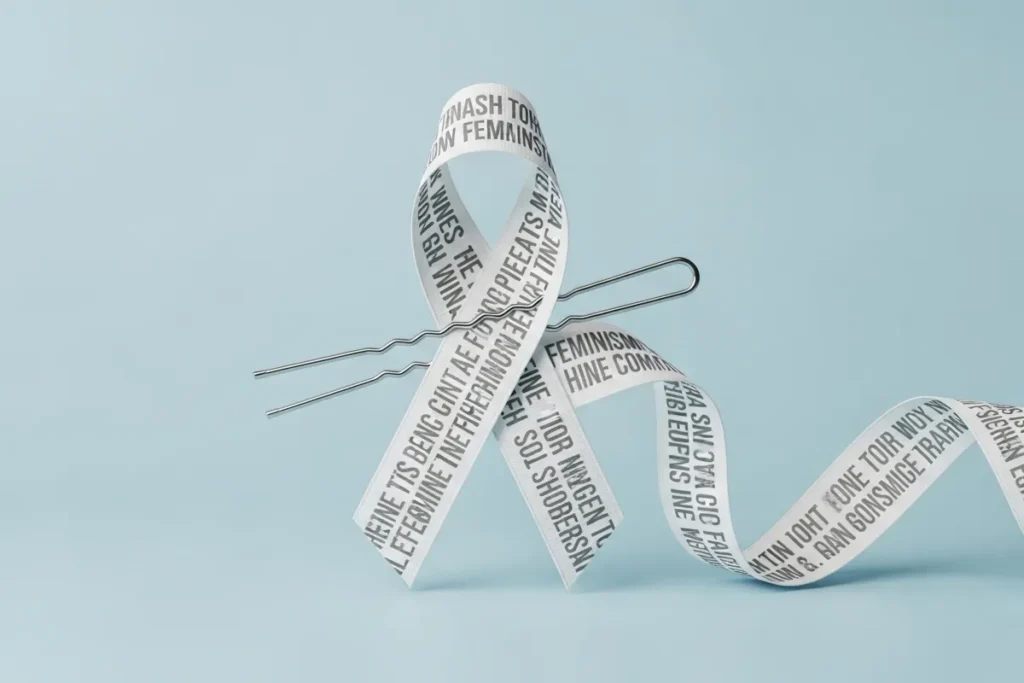
Modern Interpretations of the Hairpin
In contemporary society, hairpins have transcended their traditional role as mere ornamental accessories, evolving into powerful symbols within the feminist movement. This transformation reflects a broader cultural shift where everyday items are reimagined as tools of self-expression and statements against the socio-political challenges faced by women. Modern interpretations of the hairpin encompass not only fashion trends but also the intersection of creativity and activism.
Fashion has long served as a medium for self-expression, and the resurgence of hairpins in recent years has ignited conversations about agency and autonomy. Contemporary designers and stylists are incorporating hairpins into various styles, featuring them prominently in runway shows and photo shoots, thereby encouraging individuals to embrace their identity and express their beliefs. Notably, hairpins are often adorned with empowering slogans or symbols, creating a direct connection to feminist ideals. This reinvention allows wearers to make personal statements about their stance on women’s rights and gender equality.
Furthermore, today’s activists and celebrities have harnessed the symbolism of the hairpin to amplify their messages. Social media platforms provide a stage for individuals to showcase hairpins that resonate with feminist themes. From colorful, bedecked hairpins reflecting solidarity to minimalist designs promoting elegance and strength, these accessories convey nuanced meanings in the fight for equality. Figures in the public eye have embraced hairpins as part of their signature styles, often using them in campaigns that advocate for women’s rights, domestic violence awareness, and workplace equality. Through these modern uses, hairpins serve as more than just an aesthetic choice; they have become emblems of resilience and empowerment.
This modern recontextualization of hairpins exemplifies an ongoing dialogue within feminism, reminding us that even the most unassuming objects can carry profound meaning and impact in the pursuit of social change.
The Hairpin: A Conversation Starter
The hairpin, often considered a mere accessory, has historically served as a symbol of deeper societal values, particularly as they relate to feminism and gender equality. As a seemingly inconspicuous item, it invites intriguing conversations about women’s rights and personal empowerment. Women have found unique ways to utilize this simple object, transforming it into a conversation starter that highlights their individual stories and experiences. For many, wearing a hairpin evokes a sense of pride in their heritage, confidence in their identity, and solidarity with fellow women.
Anecdotal evidence suggests that many women have used hairpins not only as a fashion statement but as a medium to express their feminist beliefs. For instance, a woman may choose to wear a hairpin that carries a meaningful message or represents a significant moment in history related to women’s rights. This gesture can lead to conversations with colleagues, friends, or even strangers about the evolving role of women in society, igniting discussions on topics like gender norms and workplace equality. Such interactions often provide a platform for women to articulate their feelings regarding empowerment and societal expectations.
Conclusion: Embracing the Symbolism of the Hairpin
Throughout history, the hairpin has transcended its practical purpose, evolving into a powerful emblem of female strength, resilience, and the broader feminist movement. This unassuming accessory, often overlooked, embodies the stories of countless women who have wielded it as a means of self-expression and empowerment. From ancient civilizations to modern times, the hairpin has served not only as a tool for maintaining hairstyles but also as a symbol of autonomy and individuality.
As we have explored, the hairpin has featured prominently in various cultural contexts, reflecting the shifting dynamics of women’s roles and societal expectations. It has been a silent witness to many significant moments in history, mirroring the struggles and triumphs faced by women as they forged their paths toward equality. Each variation of the hairpin carries rich narratives, emphasizing the nuanced ways in which women have utilized everyday objects to signify their positions within society.
Recognizing the symbolism embedded in the hairpin invites us to appreciate the underlying messages of empowerment it conveys. It serves as a reminder that seemingly simple objects can hold deep meanings and serve as catalysts for change within the feminist discourse. By celebrating these artifacts, we underscore the importance of acknowledging the multifaceted experiences women have endured, thereby fostering a connection to our shared history.
In closing, we encourage readers to reflect on everyday items in their own lives and consider the symbolism they may hold. The humble hairpin is just one of many objects that encapsulate the essence of women’s resilience and strength. Thus, we should strive to honor and recognize the stories behind these symbols, as they encapsulate the ongoing evolution of feminism and the critical role women have played throughout history.
